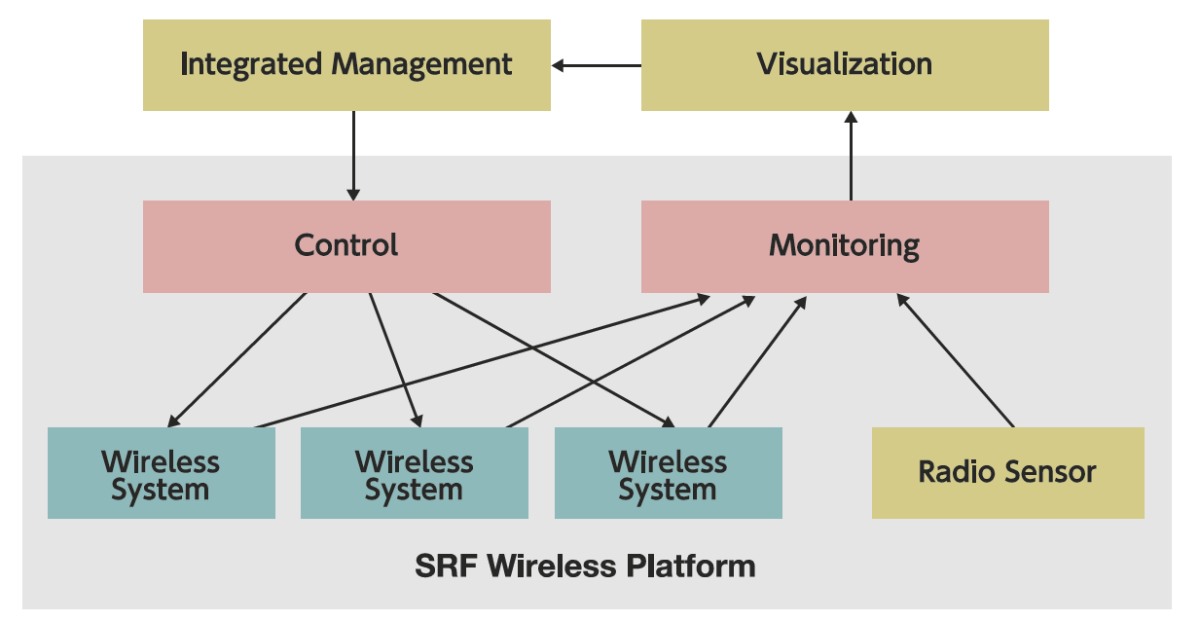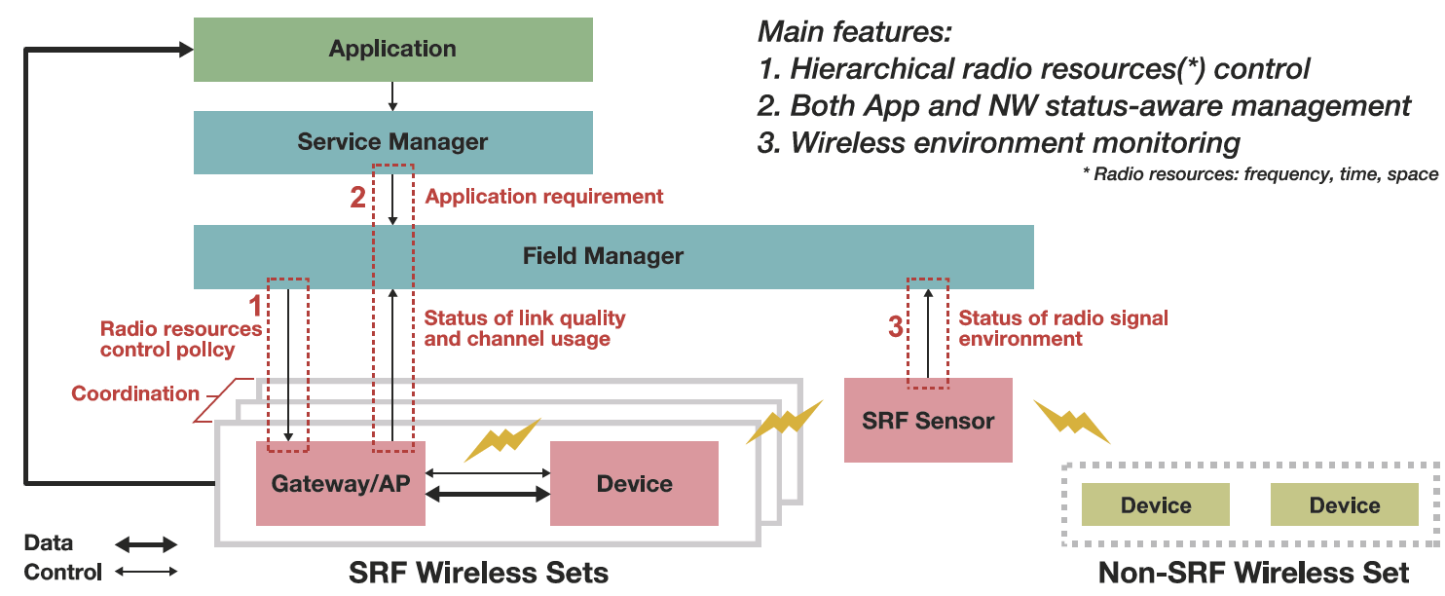FFPA Completes Technical Specifications to Stabilize Various Wireless Communication Systems Co-located in Factory Sites.
- A progress toward visualization and integrated management of various information -
September 24, 2019
National Institute of Information and Communications Technology
Flexible Factory Partner Alliance
- FFPA has completed the technical specifications to stabilize various wireless communication systems for factories.
- NICT has contributed architecture named Smart Resource Flow (SRF) wireless platform to the specifications.
- Adoption of the platform enables stable wireless communications and visualization and integrated management of various information on the manufacturing sites.
Background
Achievements
The features are:
Future Prospects
About Flexible Factory Partner Alliance (FFPA)
Glossary


Contact
Hajime Koto
Secretary-General
Flexible Factory Partner Alliance
E-mail:














Satoko Itaya
Wireless Systems Laboratory
Wireless Networks Research Center
NICT
E-mail:

















